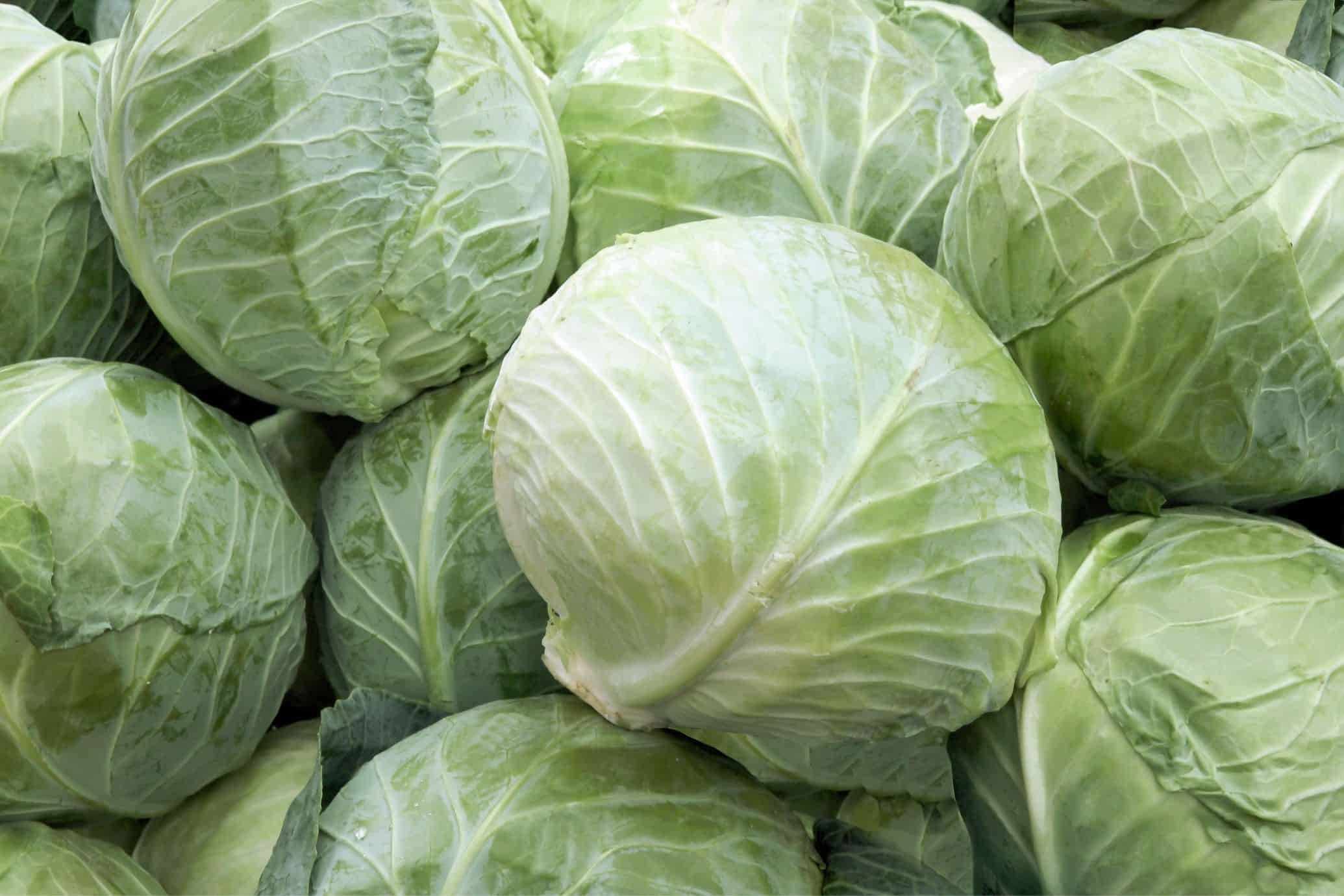

Articles
How Long Does Cabbage Last In Refrigerator
Modified: February 26, 2024
Discover how long cabbage lasts in the refrigerator and get helpful tips to keep your cabbage fresh for longer. Read more in our informative articles.
(Many of the links in this article redirect to a specific reviewed product. Your purchase of these products through affiliate links helps to generate commission for Storables.com, at no extra cost. Learn more)
Introduction:
Welcome to this comprehensive guide on how long cabbage lasts in the refrigerator. Cabbage is a nutritious and versatile vegetable that can be used in a variety of dishes, from soups and salads to stir-fries and sautés. However, knowing how to properly store cabbage is essential to maintain its freshness and maximize its shelf life. In this article, we will discuss the factors that affect the shelf life of cabbage, provide tips on how to store cabbage in the refrigerator, and highlight the signs of spoiled cabbage. Whether you are a culinary enthusiast or simply want to make the most of your groceries, read on to discover everything you need to know about extending the lifespan of your cabbage.
Key Takeaways:
- Proper storage in the refrigerator, including leaving outer leaves intact, wrapping in plastic or foil, and avoiding excess moisture, can extend the freshness and shelf life of cabbage.
- Recognizing signs of spoiled cabbage, such as mold, foul odor, and slimy texture, is crucial to avoid health risks and prioritize well-being. Regularly checking for spoilage and implementing storage tips can help maximize the lifespan of cabbage.
Read more: How Long Does A Refrigerator Last
Factors Affecting the Shelf Life of Cabbage:
Several factors can impact the shelf life of cabbage, including its quality at the time of purchase, storage conditions, and the specific variety of cabbage. Here are the key factors to consider:
- Quality at Purchase: The quality of the cabbage when you buy it plays a crucial role in determining its shelf life. Look for cabbages that are firm, with crisp leaves and vibrant color. Avoid cabbages with wilted or discolored leaves, as they may spoil faster.
- Storage Conditions: Proper storage is essential for prolonging the shelf life of cabbage. Cabbage should be stored in the refrigerator, as exposure to higher temperatures can cause it to deteriorate quickly. Ideally, store cabbage in the crisper drawer, where humidity levels can be adjusted to maintain freshness.
- Temperature: Cabbage is a cool-season vegetable, so it thrives in cooler temperatures. The ideal temperature range for storing cabbage is between 32°F (0°C) and 40°F (4°C). Avoid storing cabbage near the refrigerator door or in areas that are prone to temperature fluctuations.
- Humidity: Cabbage prefers high humidity levels to prevent dehydration. Aim for a humidity level of around 90% to keep the leaves moist and crisp. If your refrigerator allows humidity adjustment, set it to a higher level for optimal cabbage storage.
- Variety: Different varieties of cabbage have varying shelf lives. For example, green cabbage tends to have a longer shelf life compared to red or savoy cabbage. Consider the specific variety of cabbage you have and take that into account when determining its expected lifespan.
By understanding these factors, you can make informed decisions on how to store your cabbage and maximize its freshness. Next, we will explore the proper way to store cabbage in the refrigerator to ensure its longevity.
How to Store Cabbage in the Refrigerator:
Storing cabbage correctly in the refrigerator is essential to maintain its freshness and extend its shelf life. Follow these guidelines to store cabbage properly:
- Leave the Outer Leaves Intact: Keep the outer leaves of the cabbage intact to provide a protective layer. This helps to prevent moisture loss and keep the inner leaves fresh. If any outer leaves are damaged or wilted, remove them before storage.
- Wrap the Cabbage: Wrap the entire head of cabbage in a layer of plastic wrap or aluminum foil. This creates a barrier against moisture loss and helps to maintain the cabbage’s crispness and flavor. Alternatively, you can use a resealable plastic bag to keep the cabbage enclosed.
- Place in the Crisper Drawer: Store the wrapped cabbage in the crisper drawer of your refrigerator. This compartment usually has adjustable humidity levels, allowing you to maintain the optimal moisture level for cabbage storage. If you have multiple heads of cabbage, separate them to avoid overcrowding.
- Avoid Excess Moisture: While cabbage prefers high humidity levels, excessive moisture can lead to rot and spoilage. Make sure there is no excess moisture in the storage container or bag before placing the cabbage inside. Excess moisture can be absorbed by the cabbage and cause it to spoil faster.
- Keep Away from Ethylene-Producing Foods: Cabbage is sensitive to ethylene gas, which can accelerate its deterioration. Keep cabbage away from ethylene-producing fruits and vegetables, such as apples, bananas, and tomatoes, to prevent premature spoilage.
By following these storage guidelines, you can prolong the freshness of your cabbage and enjoy it in its prime condition. Next, let’s delve into the signs that indicate cabbage has spoiled and should be discarded.
Cabbage can last in the refrigerator for 1-2 months if stored properly. To extend its shelf life, wrap the cabbage in a plastic bag and store it in the crisper drawer. Avoid washing the cabbage until you are ready to use it.
Signs of Spoiled Cabbage:
Despite your best efforts in storing cabbage properly, there may be times when it spoils before you can use it. Here are the signs to look out for to determine if your cabbage has spoiled:
- Mold or Discoloration: If you notice any mold growth or extensive discoloration on the cabbage leaves, it is a clear sign that the cabbage has spoiled. Mold can spread quickly and affect the entire head, so it is essential to discard the cabbage to avoid any health risks.
- Foul Odor: A strong, unpleasant odor emanating from the cabbage is a strong indication that it has gone bad. Fresh cabbage has a mild and slightly sweet aroma, so any foul or pungent smell is a clear sign of spoilage.
- Slimy Texture: When cabbage spoils, it develops a slimy or gooey texture. If you notice a slimy film on the leaves or when you touch the cabbage, it is a sign that it is no longer fresh and should be discarded.
- Wilted and Yellowing Leaves: As cabbage ages and spoils, the leaves will become increasingly wilted and may turn yellow or brown. This is a visual indication that the cabbage is no longer fresh and should not be consumed.
If you observe any of these signs, it is best to err on the side of caution and discard the cabbage. Eating spoiled cabbage can lead to digestive issues and food poisoning. Therefore, it is important to pay attention to these signs and prioritize your health and safety. To minimize the chances of reaching this point, take note of some tips to extend the shelf life of cabbage, which we will explore next.
Tips for Extending the Shelf Life of Cabbage:
To maximize the shelf life of cabbage and reduce waste, consider implementing these tips:
- Buy Fresh Cabbage: Choose fresh cabbage at the store by looking for heads with crisp leaves and vibrant colors. Avoid cabbages with wilted or discolored leaves, as they are more likely to spoil quickly.
- Trim as Needed: Before storing cabbage, trim off any damaged or wilted outer leaves. This helps preserve the freshness of the remaining leaves and reduces the chances of spoilage.
- Store Whole Heads: It’s best to store cabbage as whole heads rather than chopping or shredding it, as the exposed surfaces tend to spoil faster. Only cut or shred cabbage when you are ready to use it.
- Use Airtight Containers: If you prefer storing shredded or chopped cabbage, use airtight containers or resealable bags to keep it fresh. Squeeze out any excess air before sealing the container to minimize moisture loss.
- Consider Blanching: Blanching cabbage before freezing it can help prolong its shelf life. The blanching process helps to retain the color, texture, and nutrients of the cabbage while preventing spoilage.
- Rotate Stock: If you often buy cabbage in bulk, make sure to use the older heads before the fresher ones. This way, you can avoid having cabbage spoil in the back of your refrigerator.
- Store Away from Ethylene-Producing Foods: As mentioned earlier, keep cabbage away from fruits and vegetables that produce ethylene gas, such as apples and bananas. Ethylene can accelerate the ripening and spoilage of cabbage.
- Regularly Check for Spoilage: Periodically check your stored cabbage for any signs of spoilage, such as mold, discoloration, or a foul odor. Remove any spoiled cabbage immediately to prevent it from affecting the rest.
By following these tips, you can extend the shelf life of cabbage and minimize waste. Remember, proper storage and attentive monitoring can significantly impact the freshness and quality of your cabbage. Now that you have a good understanding of how to handle cabbage, let’s conclude our article.
Conclusion:
Cabbage is a versatile and nutritious vegetable that can be enjoyed in various dishes. To make the most of your cabbage and prevent it from spoiling prematurely, it is important to store it properly in the refrigerator. Factors such as cabbage quality, storage conditions, temperature, humidity, and variety all play a role in determining the cabbage’s shelf life.
By leaving the outer leaves intact, wrapping the cabbage in plastic wrap or aluminum foil, and storing it in the crisper drawer of your refrigerator, you can maintain the freshness and crispness of the cabbage for a longer period. Avoid excess moisture, keep the cabbage away from ethylene-producing foods, and regularly check for signs of spoilage to ensure its optimal condition.
Recognizing the signs of spoiled cabbage, such as mold, discoloration, foul odor, and slimy texture, is crucial to avoid consuming spoiled cabbage that could lead to health issues. It’s always better to discard any cabbage that shows these signs to prioritize your well-being.
To extend the shelf life of cabbage, consider buying fresh cabbage, trimming as needed, storing whole heads, using airtight containers for shredded cabbage, and rotating your stock to use older heads first. Blanching cabbage before freezing it is another option to preserve its quality for longer periods.
Remember, by implementing these tips and techniques, you can reduce waste, save money, and enjoy fresh and delicious cabbage for a longer time. So, the next time you bring home a head of cabbage, put these storage methods into practice and savor the freshness and versatility this remarkable vegetable has to offer.
Frequently Asked Questions about How Long Does Cabbage Last In Refrigerator
Was this page helpful?
At Storables.com, we guarantee accurate and reliable information. Our content, validated by Expert Board Contributors, is crafted following stringent Editorial Policies. We're committed to providing you with well-researched, expert-backed insights for all your informational needs.
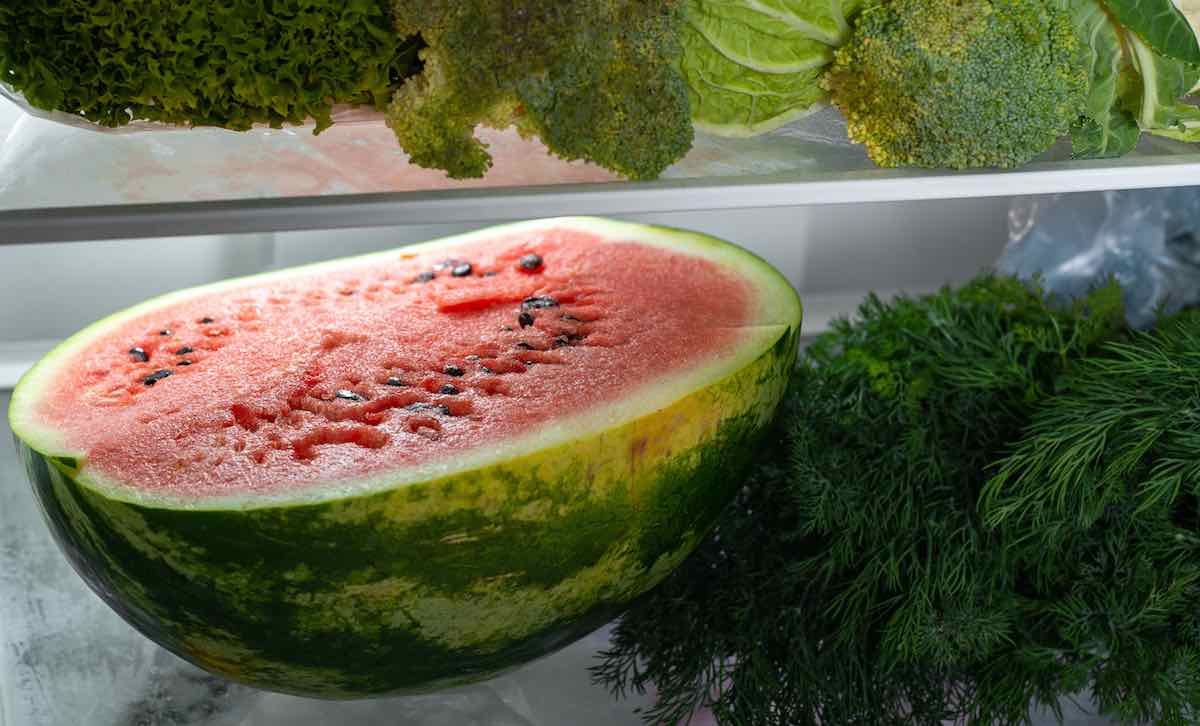
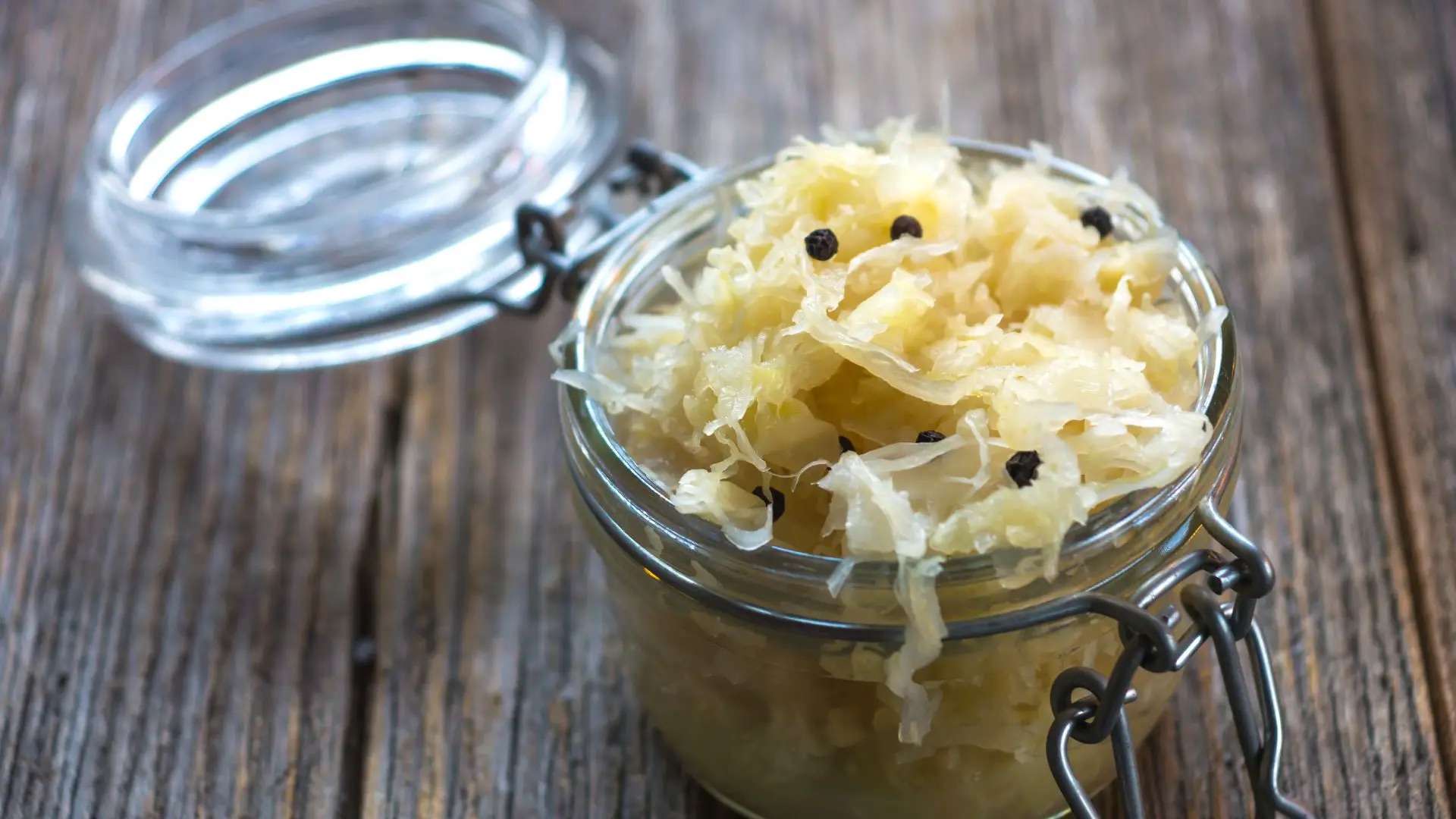
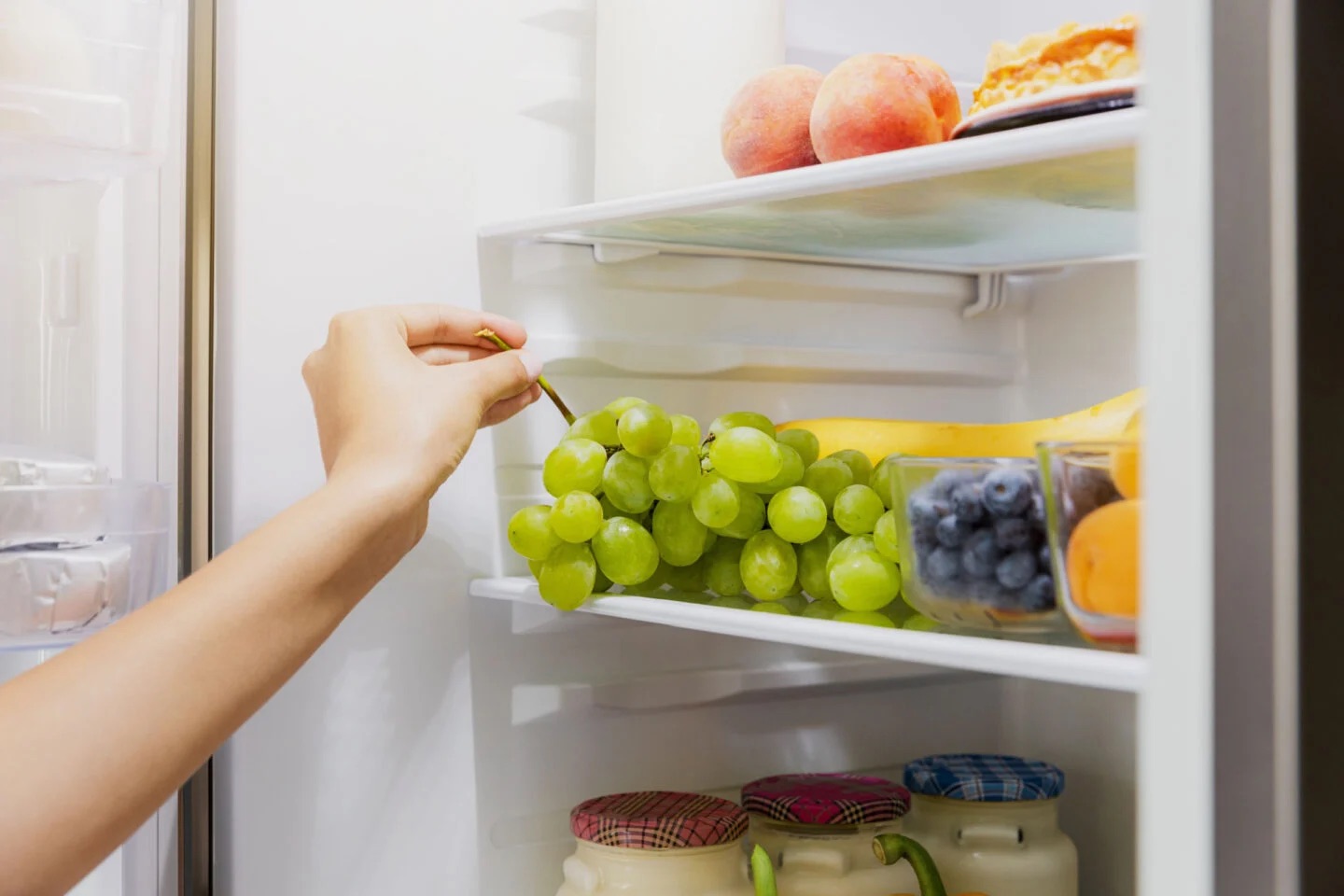
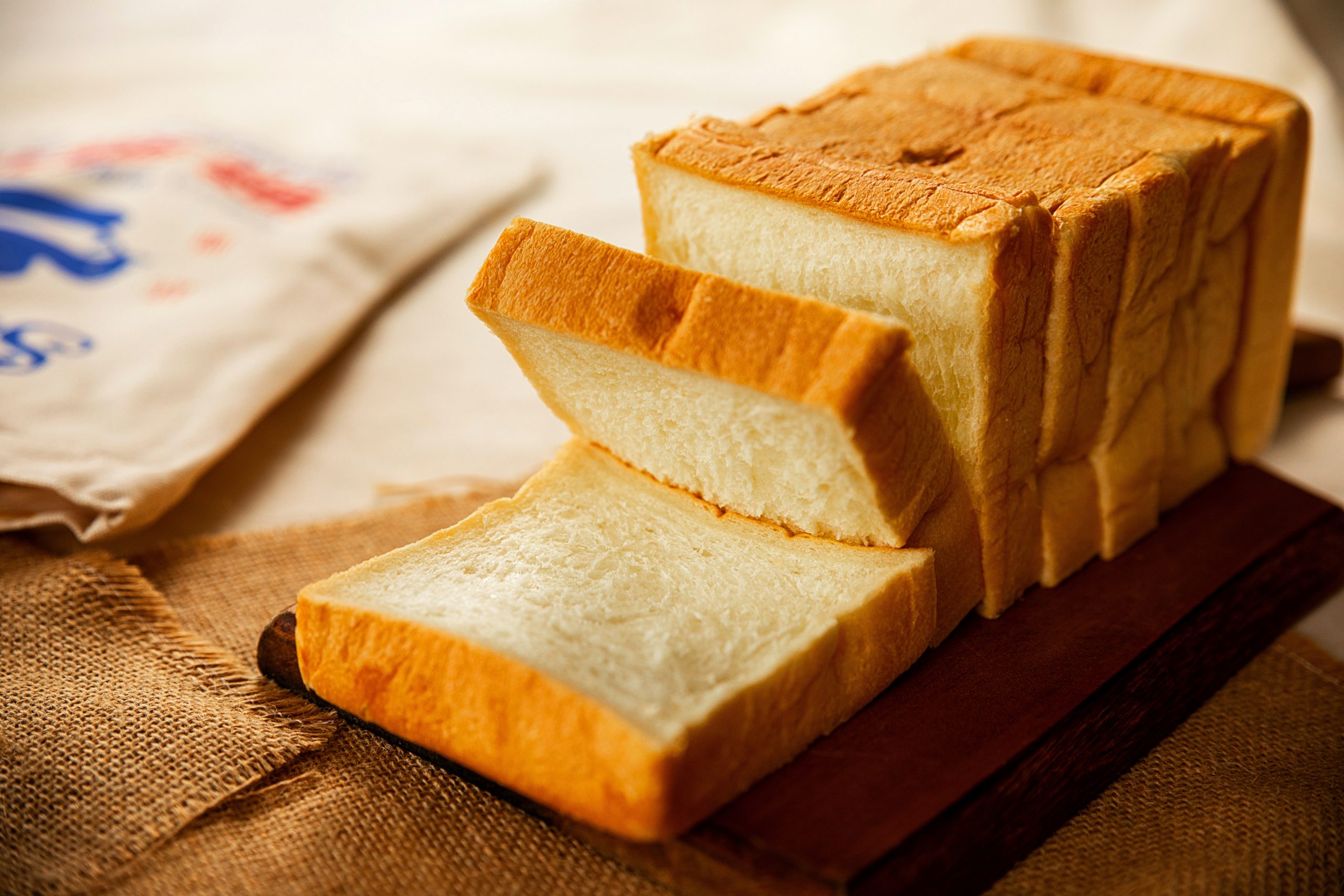
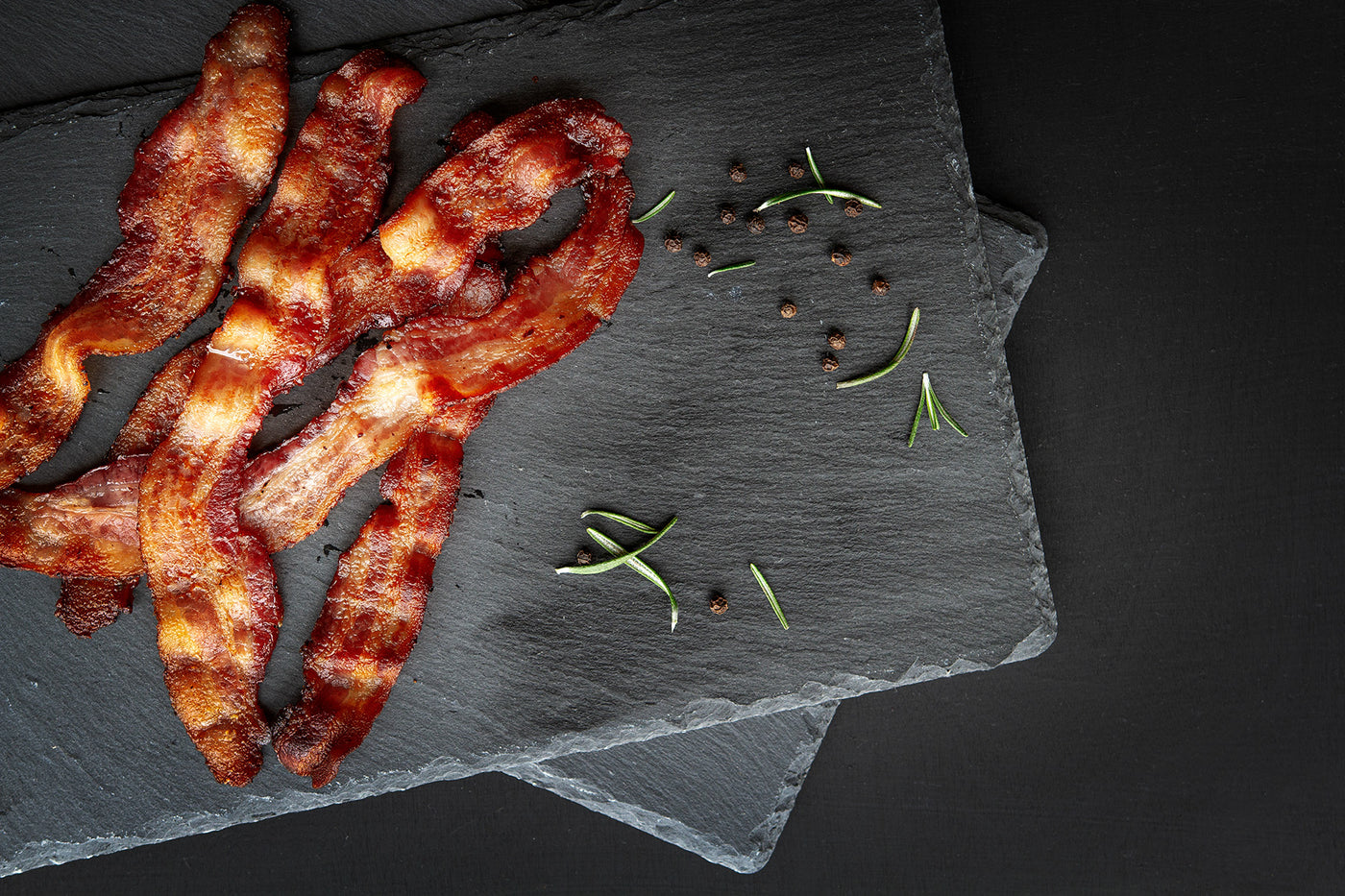
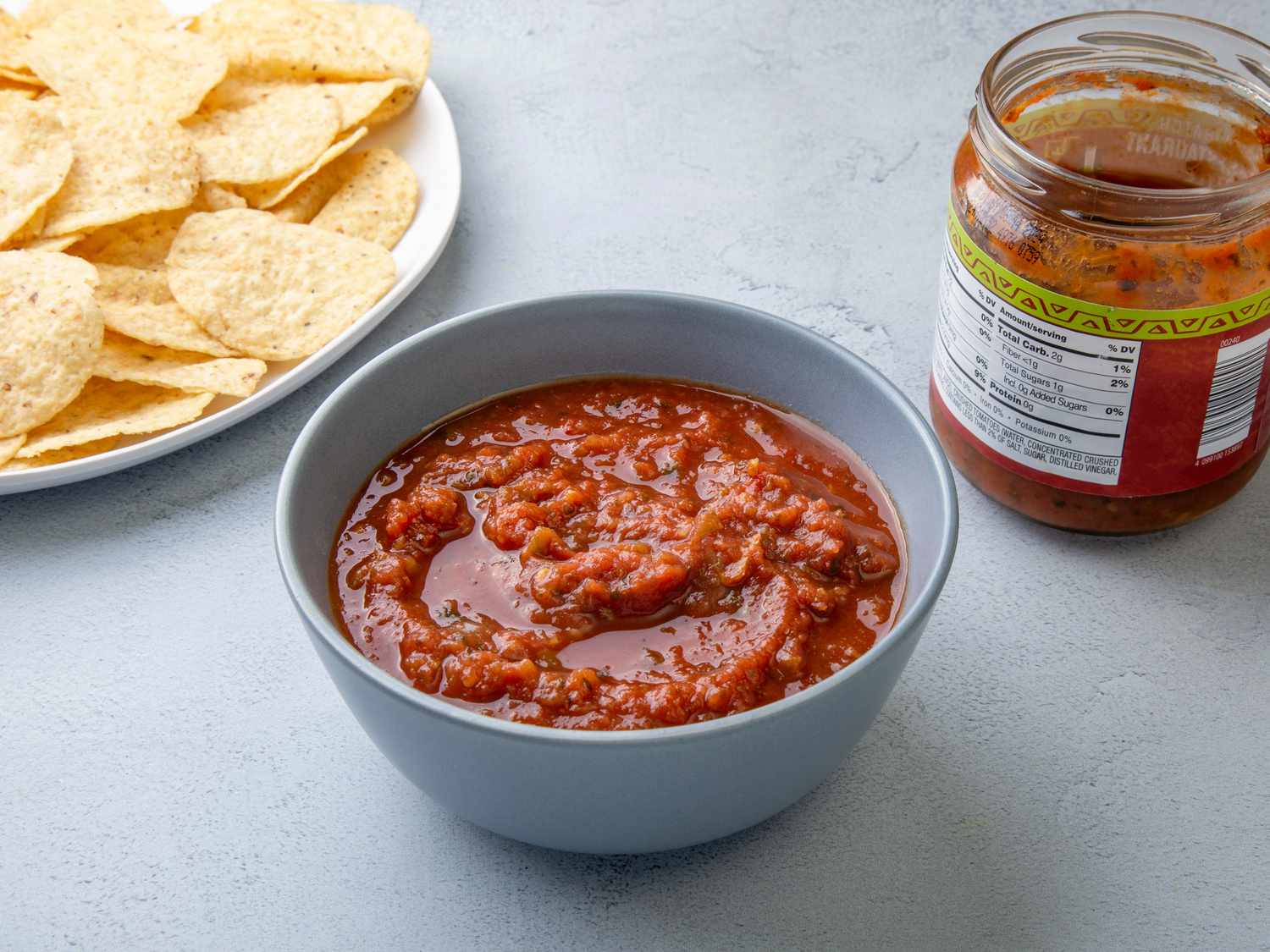
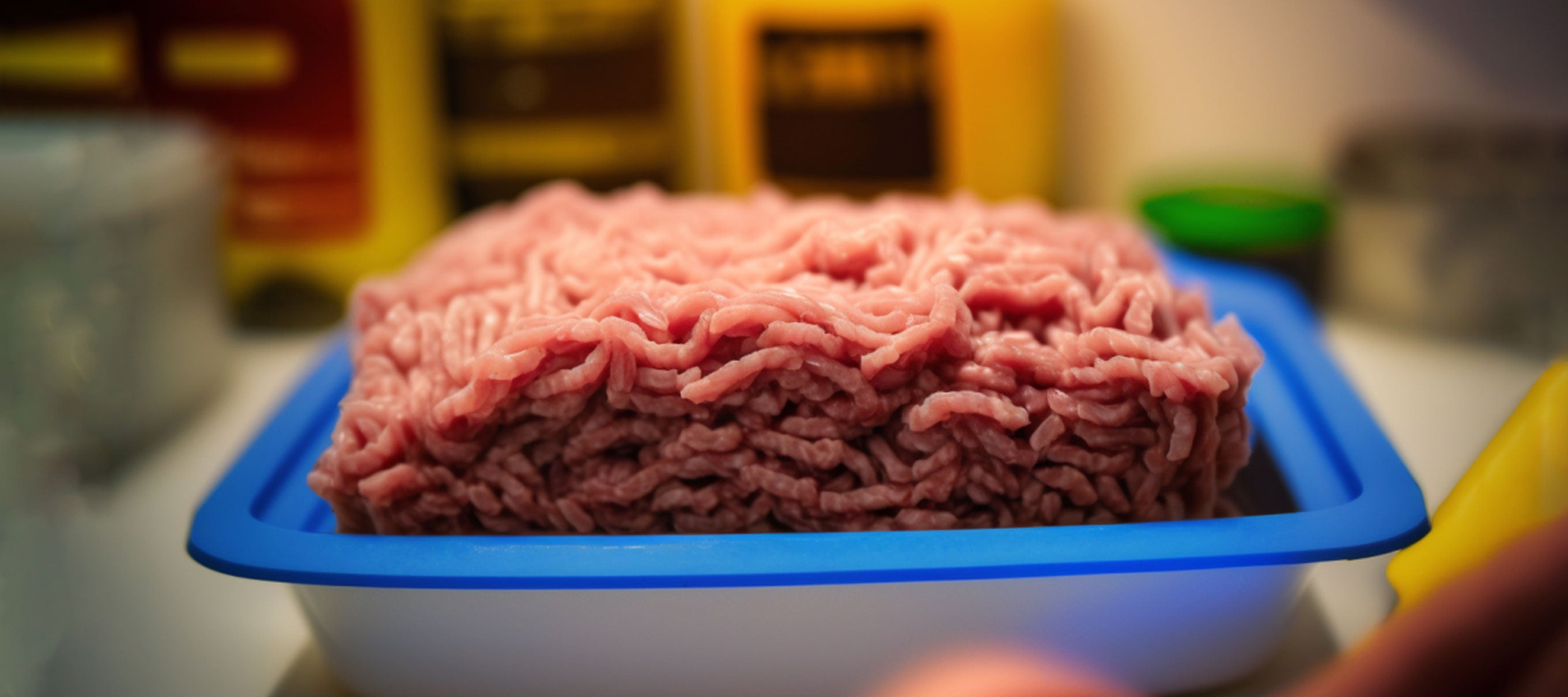
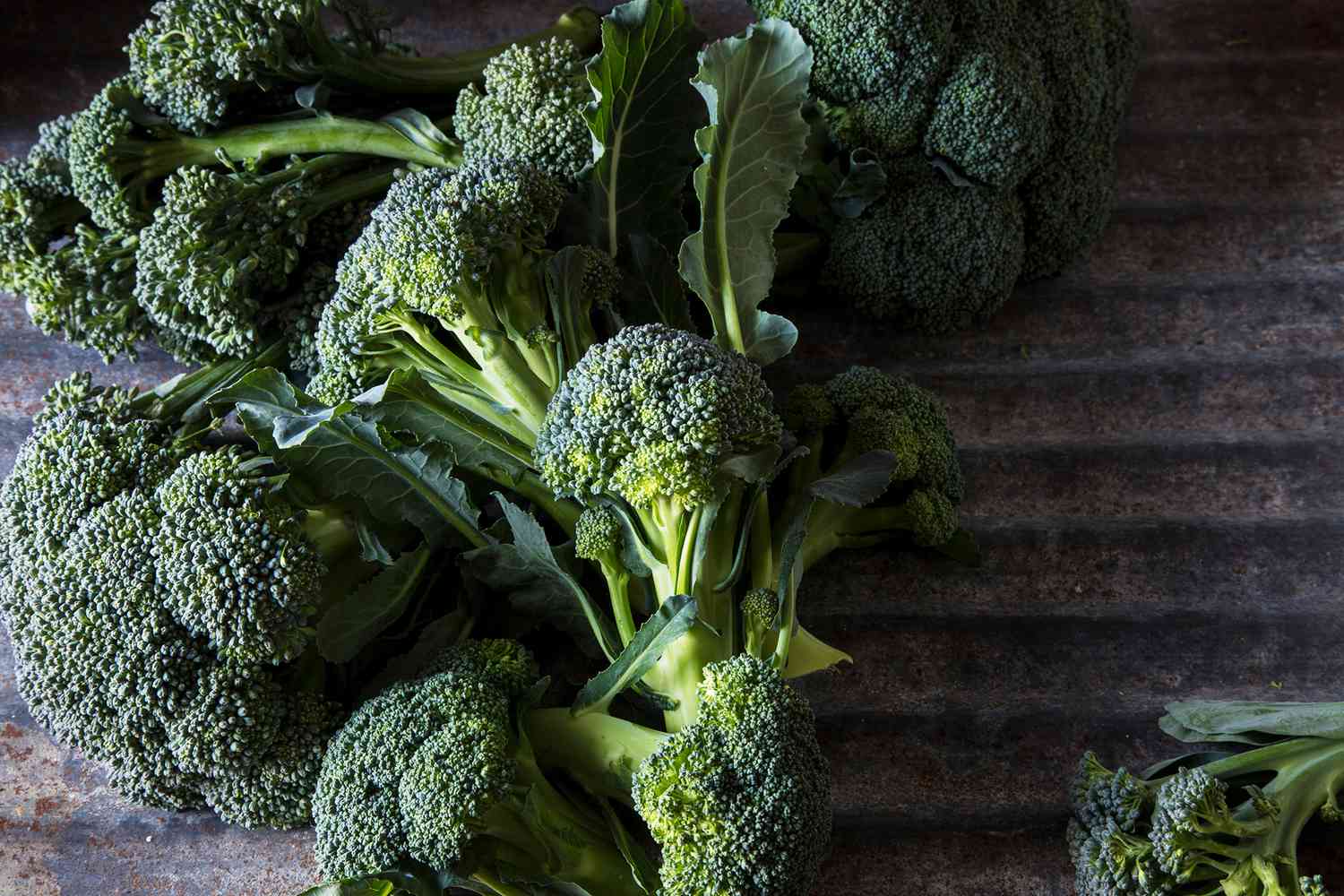
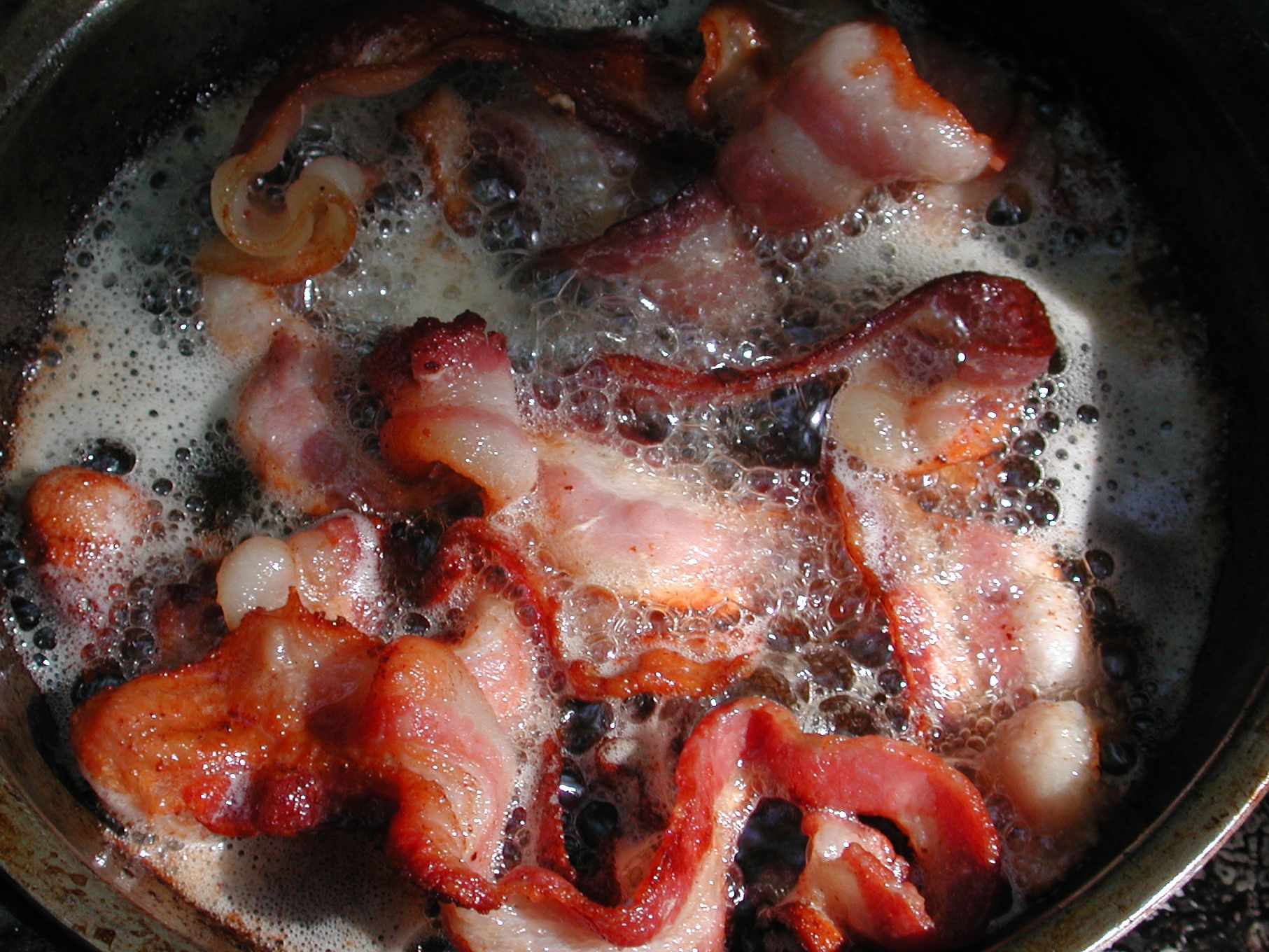
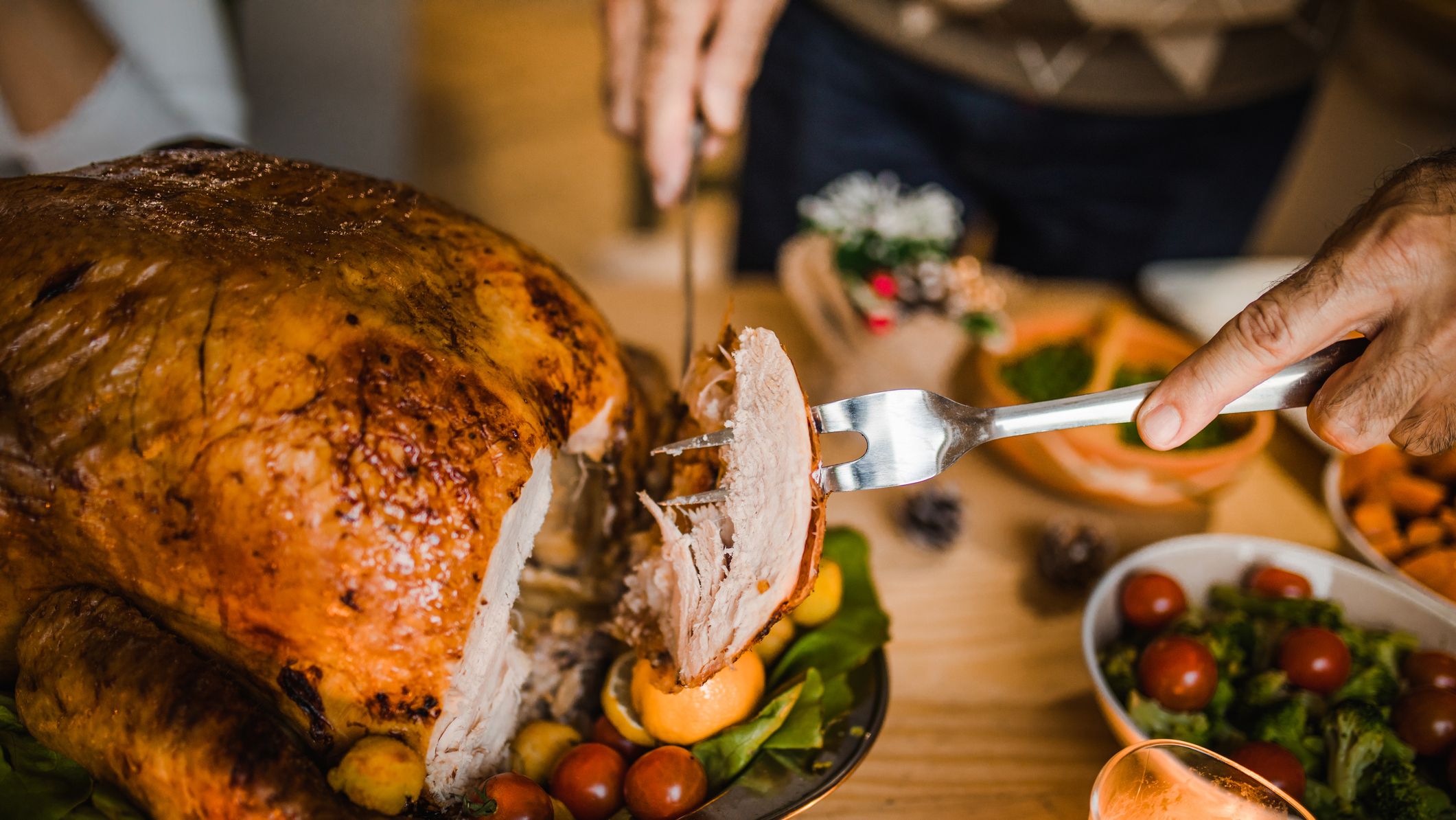
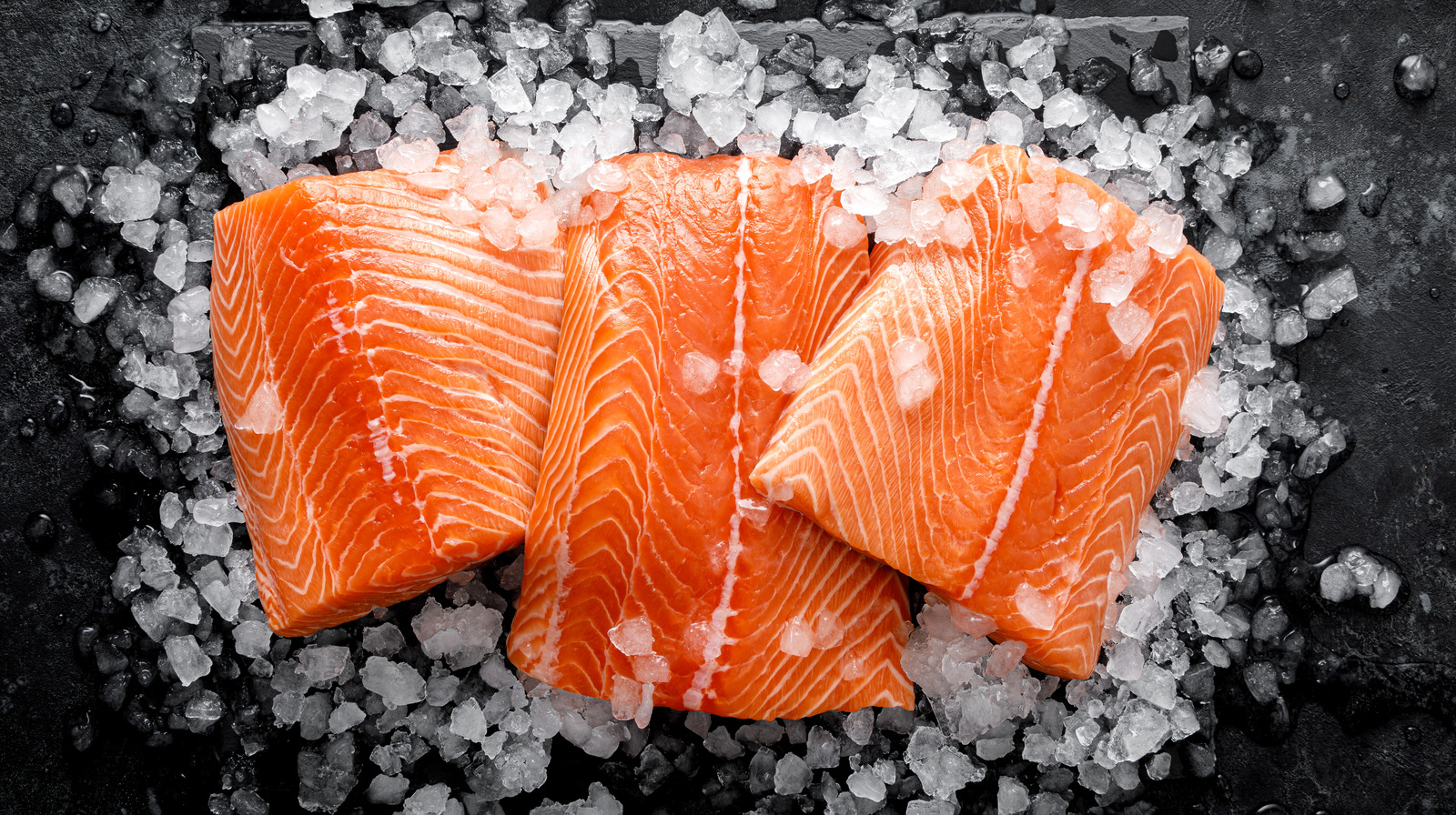
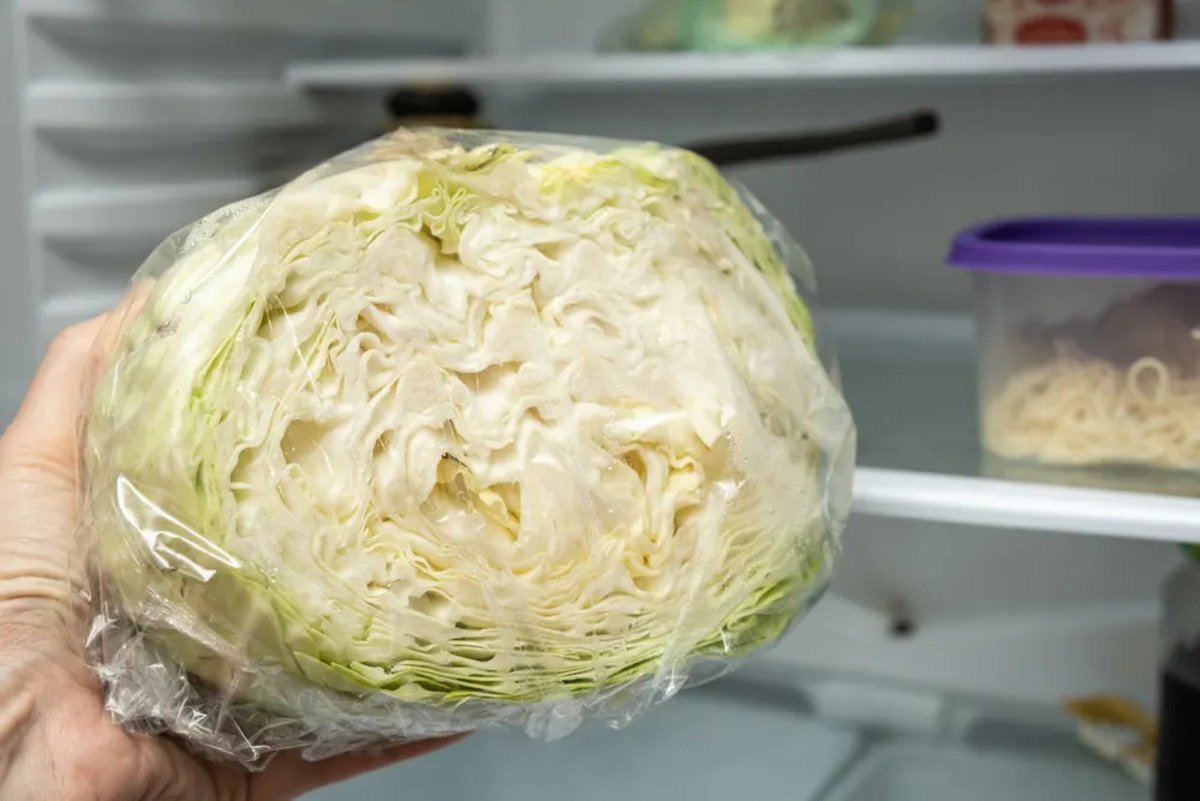

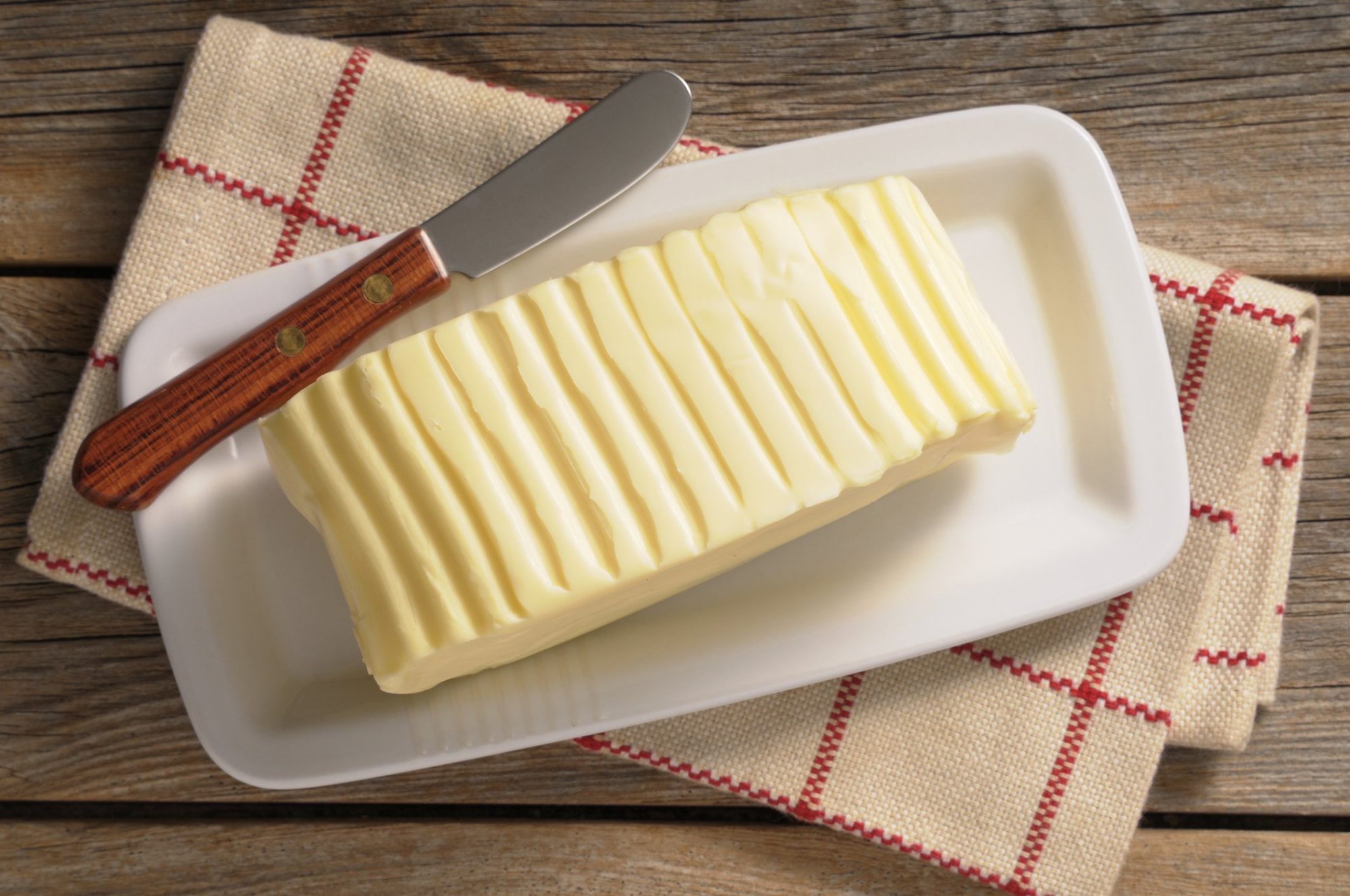

0 thoughts on “How Long Does Cabbage Last In Refrigerator”